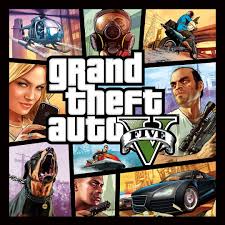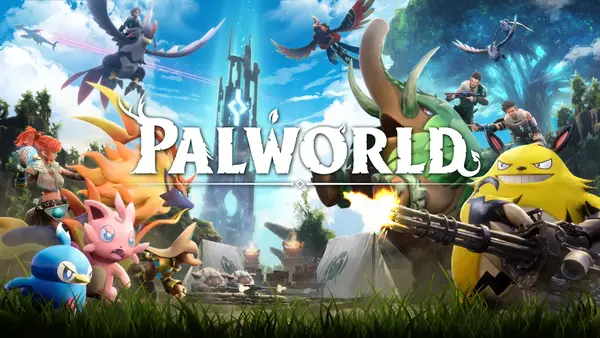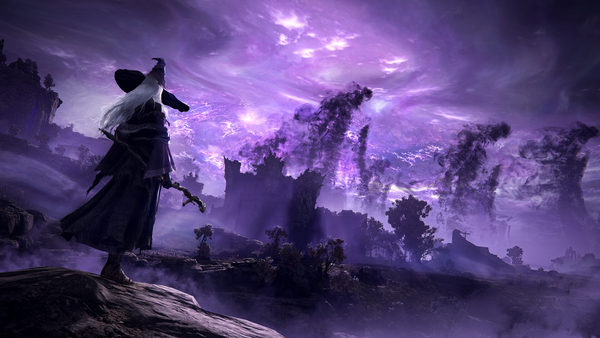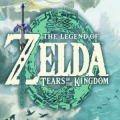Advertisement
Popular Now
Introduction
The rise of online multiplayer games has been a significant milestone in the gaming industry. These games have provided players with the opportunity to connect, collaborate, and compete with others worldwide. Among these, League of Legends (LoL) stands as one of the most popular and influential. However, with its vast player base, LoL has also become notorious for a different kind of issue—player toxicity. Toxic behavior has been a persistent problem in the game, affecting player experiences, community health, and even the reputation of the game itself. This article delves deeply into the issue of player toxicity in League of Legends, examining its roots, impacts, and the ongoing efforts to combat it.1. The Evolution of Player Toxicity in *League of Legends*
Early Days and Growing Pains When *League of Legends* was first released in 2009, it quickly gained popularity due to its engaging gameplay, competitive nature, and free-to-play model. However, as the player base grew, so did the instances of toxic behavior. Early on, Riot Games, the developer of LoL, faced challenges in managing this growing toxicity. The game's competitive nature often brought out the worst in players, leading to frequent instances of harassment, flaming, and unsportsmanlike conduct.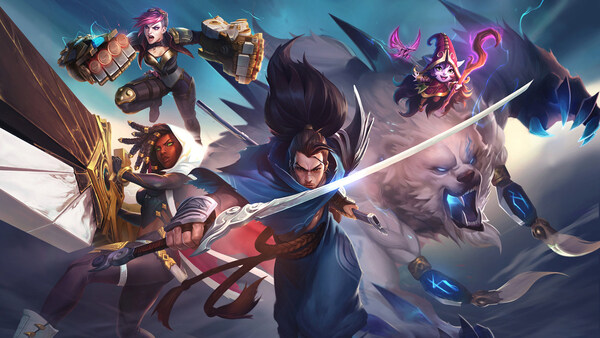 The Impact of Ranked Play
The introduction of ranked play in *League of Legends* was a double-edged sword. While it added depth and a sense of progression to the game, it also intensified the competitive environment, leading to increased frustration and, consequently, more toxic behavior. Players began to take the game more seriously, and any perceived mistakes by teammates often resulted in harsh criticism or verbal abuse. The pressure to climb the ranks exacerbated negative interactions, making toxicity a pervasive issue in the game.
The Impact of Ranked Play
The introduction of ranked play in *League of Legends* was a double-edged sword. While it added depth and a sense of progression to the game, it also intensified the competitive environment, leading to increased frustration and, consequently, more toxic behavior. Players began to take the game more seriously, and any perceived mistakes by teammates often resulted in harsh criticism or verbal abuse. The pressure to climb the ranks exacerbated negative interactions, making toxicity a pervasive issue in the game.
2. The Different Forms of Toxic Behavior in *League of Legends*
Verbal Abuse and Flaming One of the most common forms of toxicity in *League of Legends* is verbal abuse, often referred to as "flaming." Flaming typically involves players using aggressive and offensive language toward their teammates or opponents. This behavior can range from mild insults to severe harassment, including threats and hate speech. Flaming not only affects the morale of the team but also disrupts the overall gaming experience for everyone involved. Griefing and Intentional Feeding Another prevalent form of toxicity in LoL is griefing, where players deliberately sabotage their own team’s efforts. This can include actions such as intentional feeding (where a player intentionally dies to give the enemy team an advantage), refusing to participate in team activities, or deliberately playing poorly to frustrate teammates. Griefing is particularly harmful as it directly impacts the outcome of the game, making it one of the most destructive forms of toxic behavior.The Role of Anonymity and Online Disinhibition
Anonymous online environments often lead to a phenomenon known as the "online disinhibition effect," where players feel emboldened to act out in ways they wouldn't in real life due to the perceived lack of consequences. In *League of Legends*, this disinhibition manifests as toxic behavior, with players often feeling justified in their actions due to the competitive and sometimes frustrating nature of the game. The anonymity provided by online gaming platforms allows players to behave in ways that they might not if their real identity was at stake.3. The Psychological Impact of Toxicity on Players
Stress and Anxiety Experiencing toxicity in *League of Legends* can have a significant psychological impact on players. Frequent exposure to negative behavior can lead to increased stress and anxiety, particularly for those who are targeted by toxic players. The competitive nature of the game already places players under pressure, and when combined with toxic interactions, it can result in a highly stressful gaming environment. Decreased Enjoyment and Burnout Toxicity can also diminish the overall enjoyment of the game. Players who frequently encounter toxic behavior may find themselves becoming disillusioned with the game, leading to decreased motivation to play and eventual burnout. This is particularly concerning for dedicated players who invest a significant amount of time and effort into the game. The constant negativity can sap the joy out of playing, turning what should be a fun and engaging activity into a source of frustration and disappointment.The Broader Impact on the Community
The effects of toxicity extend beyond individual players to the broader *League of Legends* community. A toxic environment can drive away new players, harm the game's reputation, and create a community culture that perpetuates negative behavior. The presence of toxicity can make it difficult for positive community members to thrive, ultimately leading to a less welcoming and inclusive environment for all players.4. Riot Games’ Initial Response to Toxicity
The Tribunal System In response to the growing problem of toxicity, Riot Games introduced the Tribunal system in 2011. This system allowed players to review reports of toxic behavior and vote on whether the accused player should be punished. The Tribunal was an innovative approach that aimed to involve the community in moderating player behavior. However, while it was a step in the right direction, the Tribunal had its limitations. It was slow, and the effectiveness of the system was often questioned, as some players felt that punishments were either too lenient or too severe. Automatic Chat Bans and Honor System To complement the Tribunal, Riot Games implemented automatic chat bans for players who exhibited consistently toxic behavior. Additionally, the Honor system was introduced to encourage positive behavior by rewarding players who were reported for being friendly, helpful, or honorable in-game. These measures showed Riot's commitment to addressing toxicity, but they were not without their challenges. Some players felt that chat bans were ineffective, as toxic players would often find other ways to disrupt the game.The Challenges of Implementing Effective Punishments
One of the biggest challenges in combating toxicity is finding the right balance between punishment and reform. While harsh punishments might deter some players from engaging in toxic behavior, they can also alienate a portion of the player base. On the other hand, lenient punishments might fail to address the severity of the issue. Riot Games has had to continually refine their approach to ensure that their measures are both effective and fair.5. The Introduction of Behavioral Systems and Reformation Initiatives
Reforming Toxic Players Recognizing that punishment alone might not be sufficient to address the issue of toxicity, Riot Games began to focus on reformation initiatives. One of the key changes was the introduction of behavioral systems that aimed to reform toxic players rather than simply punishing them. These systems included feedback loops, where players were informed when their reports led to disciplinary action, and reform cards, which provided evidence of the reported behavior and explained why it was unacceptable. The Role of Positive Reinforcement Riot Games also began to experiment with positive reinforcement as a way to encourage better behavior. The Honor system was revamped to provide more meaningful rewards for positive behavior, and players who consistently demonstrated good sportsmanship were recognized through in-game rewards and other incentives. This shift towards positive reinforcement was part of a broader strategy to create a more positive gaming environment and reduce the overall levels of toxicity in the game.Understanding the Psychology of Player Behavior
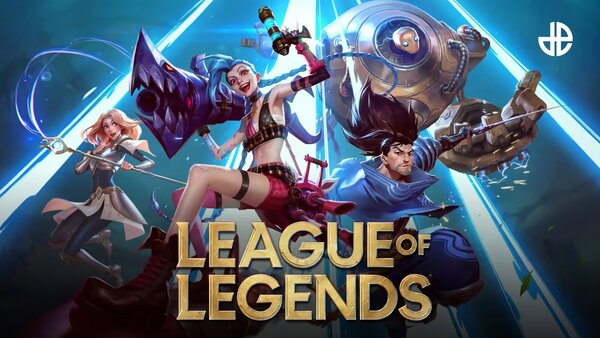 Riot's reformation initiatives were informed by a deeper understanding of the psychology behind player behavior. By recognizing the triggers and motivations behind toxic actions, the developers were able to create systems that addressed the root causes of toxicity, rather than just the symptoms. This approach has been more successful in fostering long-term behavioral change among players.
Riot's reformation initiatives were informed by a deeper understanding of the psychology behind player behavior. By recognizing the triggers and motivations behind toxic actions, the developers were able to create systems that addressed the root causes of toxicity, rather than just the symptoms. This approach has been more successful in fostering long-term behavioral change among players.
6. The Impact of Cultural and Regional Differences on Toxicity
Regional Variations in Player Behavior *Toxicity in League of Legends* is not uniform across all regions. Different cultural and regional factors can influence the way players interact with each other and the types of toxic behavior that are most prevalent. For example, some regions may have higher instances of verbal abuse due to cultural norms around communication, while others may experience more griefing or passive-aggressive behavior. Riot Games has had to tailor their approach to addressing toxicity in different regions, taking into account these cultural nuances. Localized Strategies to Combat Toxicity To effectively combat toxicity on a global scale, Riot Games has implemented localized strategies that are specific to each region. This includes region-specific behavioral systems, localized customer support, and community initiatives that resonate with the cultural context of each player base. By acknowledging and addressing these regional differences, Riot has been able to create more targeted and effective solutions for reducing toxicity.The Role of Language Barriers and Miscommunication
In a global game like *League of Legends*, language barriers can contribute to instances of toxicity. Miscommunication between players who speak different languages can lead to frustration and negative interactions. Riot Games has attempted to address this issue by implementing features like ping systems that allow players to communicate without relying on language, but challenges remain in fostering effective communication in a multicultural player base.7. The Role of Professional Players and Streamers in Shaping Player Behavior
The Influence of High-Profile Players Professional players and streamers have a significant impact on the *League of Legends* community. Their behavior, both in and out of the game, can set a precedent for how other players conduct themselves. When high-profile players engage in toxic behavior, it can normalize such actions within the broader community, leading to an increase in toxicity among regular players. Positive Role Models and Community Leaders Conversely, professional players and streamers who promote positive behavior can have a powerful influence in reducing toxicity. By setting a good example, these influencers can encourage their followers to adopt better sportsmanship and contribute to a more positive gaming environment. Riot Games has recognized the importance of these community leaders and has worked to promote and support positive role models within the *League of Legends* ecosystem.The Responsibility of Content Creators
Content creators, including streamers and YouTubers, have a responsibility to foster a healthy community. Their content often reaches millions of players, and the way they portray the game can significantly impact player behavior. Riot Games has collaborated with content creators to promote positive messages and address the issue of toxicity, understanding that these individuals have the power to shape the culture of the game.8. The Effectiveness of Riot Games’ Anti-Toxicity Measures
Measuring Success and Ongoing Challenges Riot Games has made significant strides in combating toxicity in *League of Legends*, but the problem is far from solved. While many of the measures implemented over the years have had a positive impact, challenges remain. The effectiveness of these measures is difficult to quantify, as the issue of toxicity is complex and multifaceted. Riot continues to refine their systems and strategies, using data and player feedback to guide their efforts. Player Feedback and Community Involvement One of the key components of Riot's approach to combating toxicity is involving the community in the process. Player feedback has been instrumental in shaping the development of anti-toxicity measures, and Riot has made a concerted effort to listen to the concerns and suggestions of their player base. By engaging with the community, Riot has been able to create more effective and player-centric solutions to the problem of toxicity.The Importance of Transparency and Communication
Riot Games has emphasized the importance of transparency in their efforts to combat toxicity. By keeping players informed about the measures being taken and the results of those efforts, Riot has fostered a sense of trust and collaboration within the community. Regular updates, developer blogs, and community outreach initiatives have all played a role in maintaining open lines of communication between the developers and the players.9. Future Directions in Tackling Toxicity
AI and Machine Learning in Behavioral Systems Looking forward, Riot Games is exploring the use of artificial intelligence and machine learning to enhance their behavioral systems. These technologies have the potential to identify and address toxic behavior more effectively and in real time. By analyzing vast amounts of player data, AI-driven systems can detect patterns of behavior that may indicate toxicity, allowing for more timely and accurate interventions.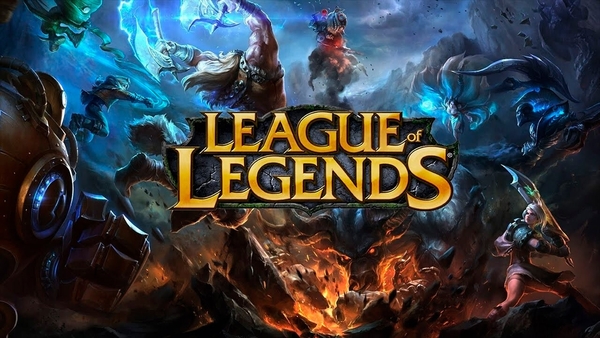 Building a More Inclusive and Positive Community
In addition to technological advancements, Riot Games is also focusing on building a more inclusive and positive community. This includes efforts to promote diversity and inclusion within the game and its player base, as well as initiatives aimed at supporting marginalized groups and creating a safer gaming environment for everyone. By fostering a culture of respect and inclusivity, Riot hopes to reduce the overall levels of toxicity in *League of Legends*.
Building a More Inclusive and Positive Community
In addition to technological advancements, Riot Games is also focusing on building a more inclusive and positive community. This includes efforts to promote diversity and inclusion within the game and its player base, as well as initiatives aimed at supporting marginalized groups and creating a safer gaming environment for everyone. By fostering a culture of respect and inclusivity, Riot hopes to reduce the overall levels of toxicity in *League of Legends*.










